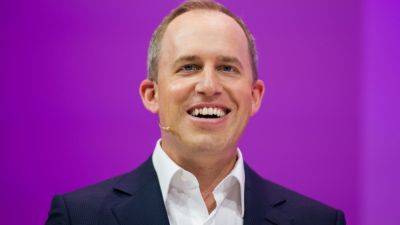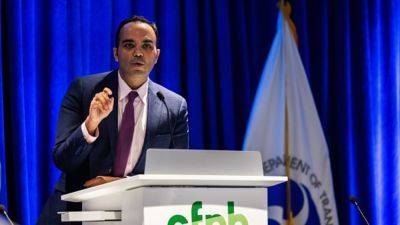Life spans are growing but 'health spans' are shrinking. What that means for your money
First, the good news: Americans are living longer than they used to.
Now, the bad news: Older Americans are spending more years in poor health. That dynamic often comes with negative financial consequences, medical and financial experts say.
Since 1960, the average U.S. life span has increased to 77.5 from roughly 70 years old, according to the Centers for Disease Control and Prevention.
But «health spans» are simultaneously shrinking.
A health span is the number of years older people spend in fundamentally good health, said Susan Roberts, a professor of medicine and epidemiology and senior associate dean for foundational research at Dartmouth College.
Today, the average person spends about 10 years with chronic ailments like diabetes, cancer, arthritis, cardiovascular disease, dementia, cataracts or osteoporosis — roughly double the duration in the 1960s, Roberts said.
As a result, there's a «widening gap» between one's life and health spans, she said.
This is because medicine has gotten better at keeping sick people alive, though not necessarily treating them, Roberts said. Obesity, which is an underlying cause of many chronic diseases, is also more widespread, she said. Obesity affects 42% of U.S. adults, according to CDC data released in 2021.
The concept of a health span is «increasingly important» for a household's finances, said Stacy Francis, a certified financial planner based in New York and member of CNBC's Advisor Council.
Adults are spending more time «living a life where they're not in their best state,» said Francis, president and CEO of Francis Financial. «And it results in significant expenses.»
About 90% of the nation's $4.5 trillion in annual health care costs are for people with chronic diseases and
Read more on cnbc.com
 cnbc.com
cnbc.com




















